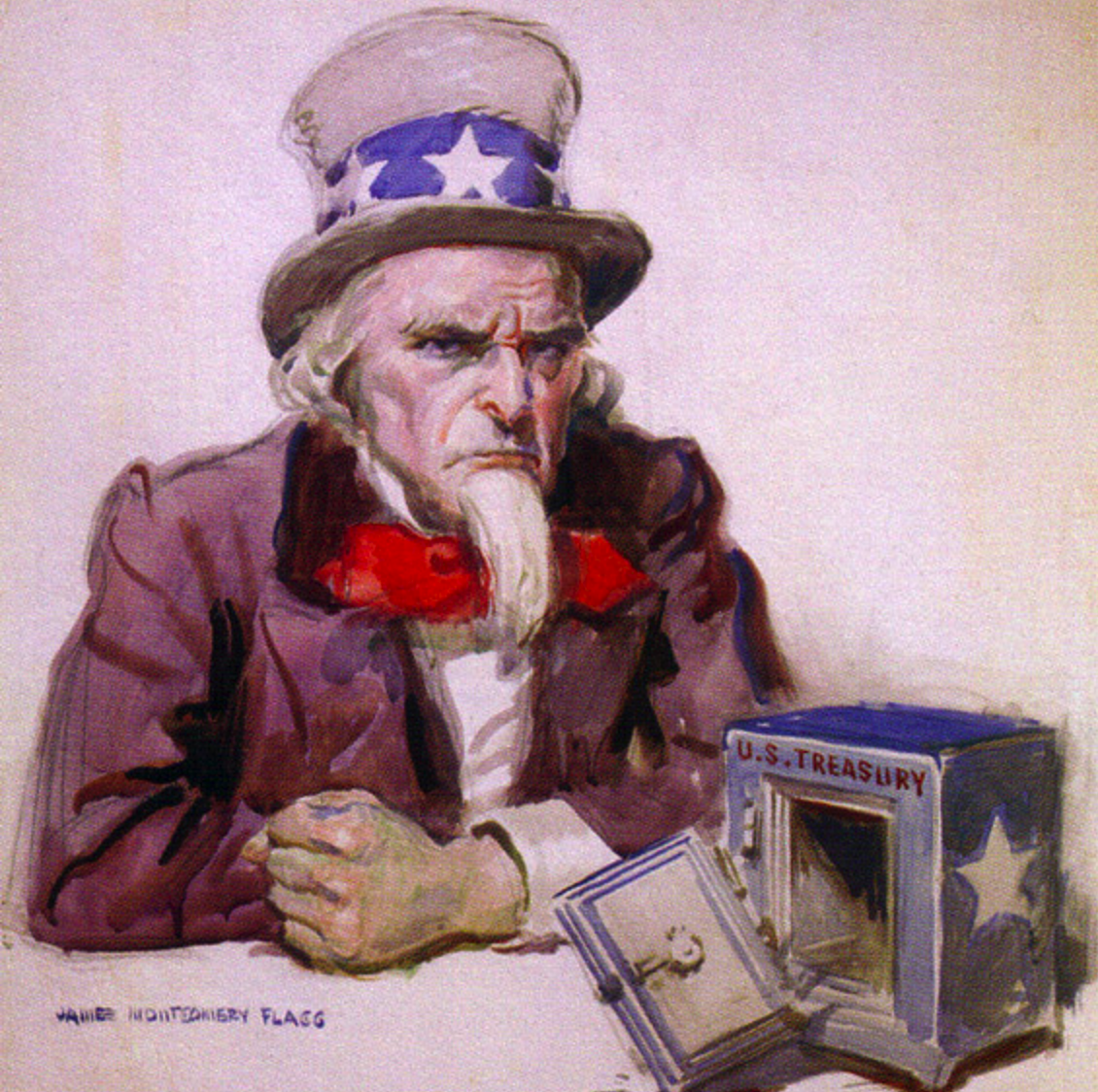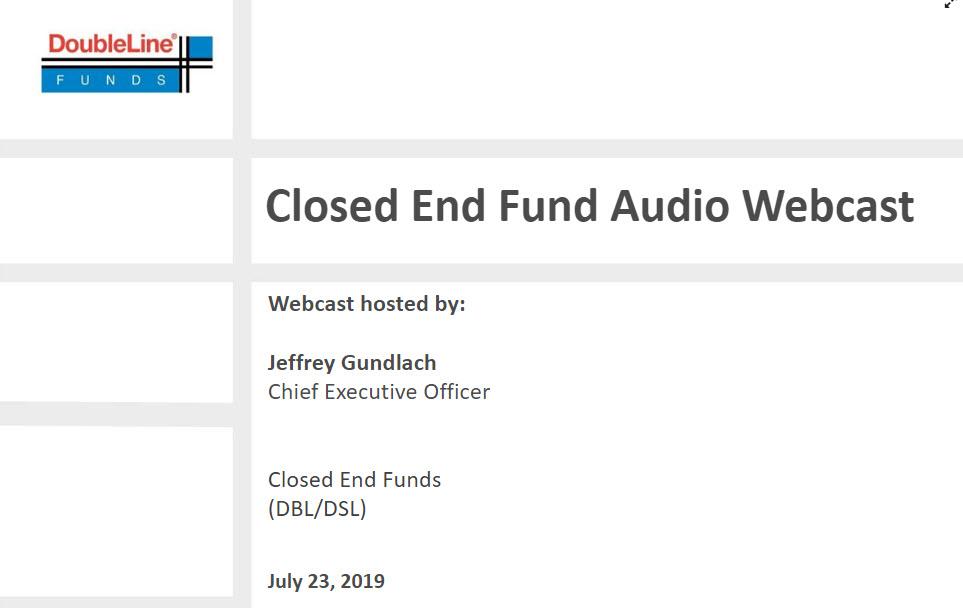Canada’s human rights authorities are currently considering whether the country’s gender equality law requires a Brazilian waxing business that only takes female customers to perform the service on a trans woman who possesses male genitalia.
It’s a bizarre case involving a litigant—Jessica Taniv—with a long history of sordid activities and activism. Notably, the story has yet to pierce the bubble of the U.S. mainstream media. I have seen only conservative and contrarian outlets writing about it. But Taniv certainly deserves scrutiny. Her quixotic campaign to compel unwilling female business owners to provide an intimate service to which they are, for various reasons, resolutely opposed, is a reminder that even benign-sounding laws (equality, non-discrimination, human rights, etc.) are often easily abused by trolls.
According to The Toronto Sun, Yaniv appeared at a British Columbia Human Rights Tribunal hearing last week to press her case against Marcia Da Silva, who had advertised Brazilian waxing services for women on Facebook. Da Silva initially agreed to serve Yaniv, but canceled the appointment after she learned that Yaniv possesses male genitalia. Yaniv calls this discrimination against trans women, and has brought similar complaints against more than a dozen female-only Brazilian waxing businesses.
The business owners have offered a variety of compelling reasons not to accommodate Yaniv. One was a Sikh woman with a religious objection to touching men in an intimate manner. Others, including Da Silva, said they were not trained to perform a Brazilian wax on a person with a scrotum.
This is obviously a dispute that’s ripe for comedy—Ricky Gervais, in sympathy with Da Silva, tweeted sarcastically, “It’s a sad state of affairs when a lady can’t have her hairy balls waxed”—though it’s no laughing matter for the business owners. Their livelihoods are on the line, and they have to shell out money to defend themselves in court. Da Silva actually shuttered her business after the experience with Yaniv.
“This person is the walking, talking, living, breathing embodiment of what people fear when it comes to trans people,” said Blaire White, a trans YouTube star, in a recent video that notes Yaniv has been accused of various predatory actions.
Yaniv got into a nasty Twitter fight with Lindsey Shepherd, a free speech activist known for her informal associations with Jordan Peterson. As a result, Twitter permanently banned Shepherd for mis-gendering Yaniv.
It’s possible that Yaniv very, very sincerely believes she is a woman, and thus has a right to be treated as one in all respects. But it seems more likely that she’s a troll. I’m reminded of Steve Horner, a Minnesota-based activist who routinely sued bars for selling cheaper drinks to female customers as part of “ladies’ night” promotions. Horner charged that this practice violated the state’s Human Rights law, and won more than $6,000 in settlements.
Suffice it to say that Yaniv’s behavior is uncharacteristic of trans people, or even of social justice activists in general. But it’s hard not to draw some parallels to the high-profile dispute surrounding Masterpiece Cake Shop, a bakery in Denver, Colorado, that has faced lawsuits from gay couples who claim the Christian owner’s refusal to cater same-sex weddings violates anti-discrimination law.
“It’s certainly true that most transgender people aren’t trying to force random women to wax their balls, and most of us gay people are content without chasing down Christians and forcing them to bend to our will,” writes The Washington Examiner‘s Brad Polumbo. “So it’s important that we view these cases not as warnings of a pending LGBT apocalypse, but rather as isolated incidents that pose troubling philosophical and moral questions.”
We should also view these sorts of cases as periodic reminders that there are some unreasonably awful people out there, and even well-meaning laws can be dangerous in their hands.
from Latest – Reason.com https://ift.tt/2JSXCYI
via IFTTT



 The museum is located in the center of Rogers, Arkansas, about a mile south of Daisy’s manufacturing facility in the same city. Admission is only two dollars, and exhibits can be thoroughly examined in about an hour. The gift shop offers Daisy airguns at bargain prices, including remanufactured basic models as low of $15.
The museum is located in the center of Rogers, Arkansas, about a mile south of Daisy’s manufacturing facility in the same city. Admission is only two dollars, and exhibits can be thoroughly examined in about an hour. The gift shop offers Daisy airguns at bargain prices, including remanufactured basic models as low of $15.
 Most famous of the Daisy air guns is the lever action Red Ryder. Gene Shepherd’s memoir, later made into the movie A Christmas Story, captures the popularity of the Red Ryder after its 1938 introduction (and for decades afterward).
Most famous of the Daisy air guns is the lever action Red Ryder. Gene Shepherd’s memoir, later made into the movie A Christmas Story, captures the popularity of the Red Ryder after its 1938 introduction (and for decades afterward).